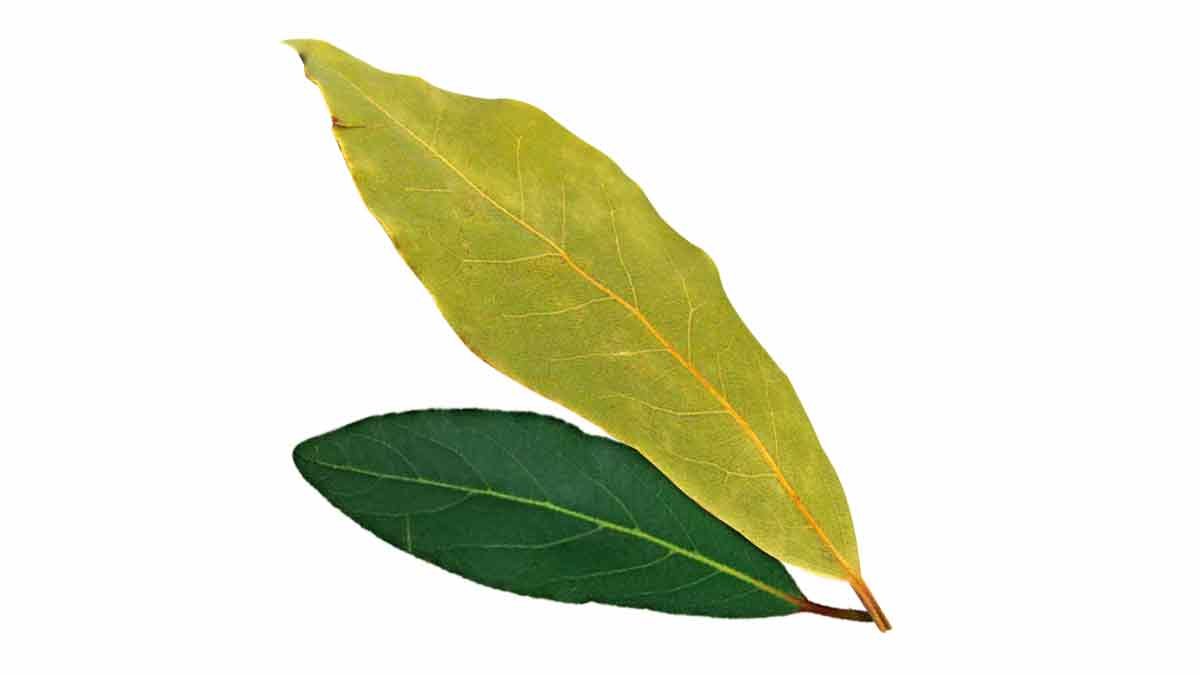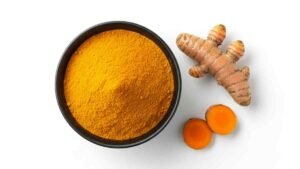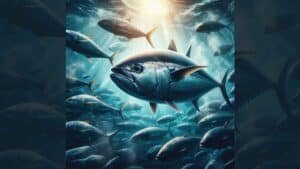The Bay Leaf is the leaf of a sweet bay tree, Its Scientific name is Laurus nobilis, also known as Bay Laurel Leaf, Roman laurel, Poet’s laurel, and Sweet Bay. Its major flavor compound is Cineole. Urdu, the name is kari patta or Tejpat Leaves. The color is Medium Green and deep olive green When Dried.
Bay leaves are an integral aromatic ingredient great for passing recipes with long cooking times, they slowly release their flavors as they cook, creating A dark background flavor that absorbs. Bay leaves can be used fresh, dried, or less commonly used as ground form and berries. add bay leaves at the beginning of cooking to get their fragrant warm flavors. removed bay leaves before serving the dish.
Bay’s flavor oils are deep within the leaf, which explains why dried leaves are still effective. Flavor compounds dissolve well in Fat or oil but they could be poorly in water. Use water-based cooking liquids for a delicate flavor, and allow time for flavor compounds to spread into the dish.
History
In ancient times Romans used bay leaves to flavor meats and added ground bayberries to sauces and Stews. Bay leaves are used in different cultural cuisines, including French, Filipino, European, Caribbean Pakistani, Indian, and Mediterranean. They are typically used in Meat, seafood, vegetables, soups, and stew dishes.
Varieties
There are many other aromatic leaves used similarly to bay leaves but with wonderful flavors all their own. Allspice leaf, Avocado leaf, Boldo leaf, Curry leaf, Hoja santa, Lá Lót, Lemon verbena, Myrtle leaf, Pandan leaf, Perilla, Salam or Indonesian bay leaf, West Indian bay leaf
Substitutions
- 1 dried bay leaf =¼ teaspoon dried thyme
- Juniper berries (for meat dishes)
- Indian bay leaf or tej pat leaves (sweeter cinnamon-clove flavor)
Culinary uses
bay leaves could be paired with Fruits and Vegetables like cabbage, carrots, celery, citrus, mushrooms, onions, peas, pickles, potatoes, tomatoes, and tomato and zucchini.
You Can pair Bay leaves with protein food Beef, Cashews, Duck, Chicken, Egg, peanuts, Fish, and SeaFood.
You can pair Bay Leaves with seasonings like allspice, basil, cayenne, chili powder, cloves, fennel, garlic, lemon juice, marjoram, oregano, paprika, parsley, pepper, red pepper flakes, Rosemary, sage, savory, thyme.
Does bay leaf go with fish?
I recommend you add bay leaves as a ground farm in the spice blend and seasoning for the fish recipe. never miss it a whole dried bay leaf in the Fish Recipes Curry to enhance fish recipe taste and amora. Bay leaves can also be used to flavor chowders and fish soups. One Small Bay leaf is recommended for most dishes.
When I make spice blends for my fish recipes I always use bay leaf in-ground farm to enhance fish flavor. For fish curry, I always use a single bay leaf at the beginning of cooking fish curry or fish karahi and remove it before serving.
Can you eat bay leaves raw?
Eating the whole bay leaf is unsafe. you can take ground bay leaves as medicine. You can Take the bay leaf tea but not eat whole bay leaf. The bay leaf can’t be digested, so it remains whole in the digestive system.
Blends
The flavor profile of bay leaf is dominated by a terpene compound called cineole, which Exceptionally penetrating, powerful eucalyptus fragrance. The next most abundant flavor compound is a A spicy, sweet, warming phenol called eugenol. There are also smaller amounts like mint. Slightly citrusy phellandrene, pinelike pinene and terpineol, and floral geraniol and linalool.
Garam Misalah is a popular spice blend in Pakistan and India and is used in Many Dishes Like Biryani and Pilaf. Bay leaf is one of the best ingredients for the Garam Misalh Sipec blend.
Warm, woody pungency
To achieve Warm and Woody Pungency Combine with other Cineoles black Cardamom+Cardamom+Galangal+Nutmeg=Warm and Woody Pungency.
Sweetness and warmth
Pair with eugenol-rich spices Clove+Cinnamon+Licorice+Resewater= Sweetness and Warmth.
Piquancy
Combine with other phellandrenes to bring out Dill+Black Pepper=Piquancy







